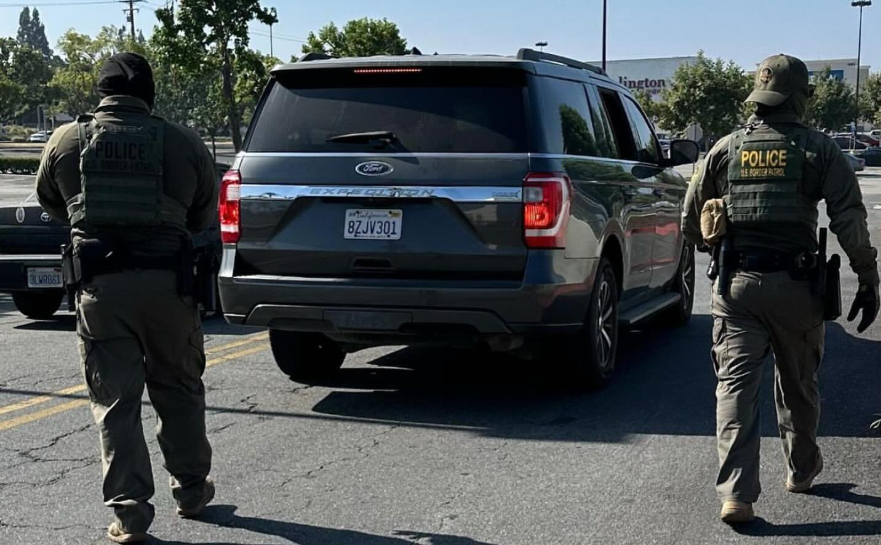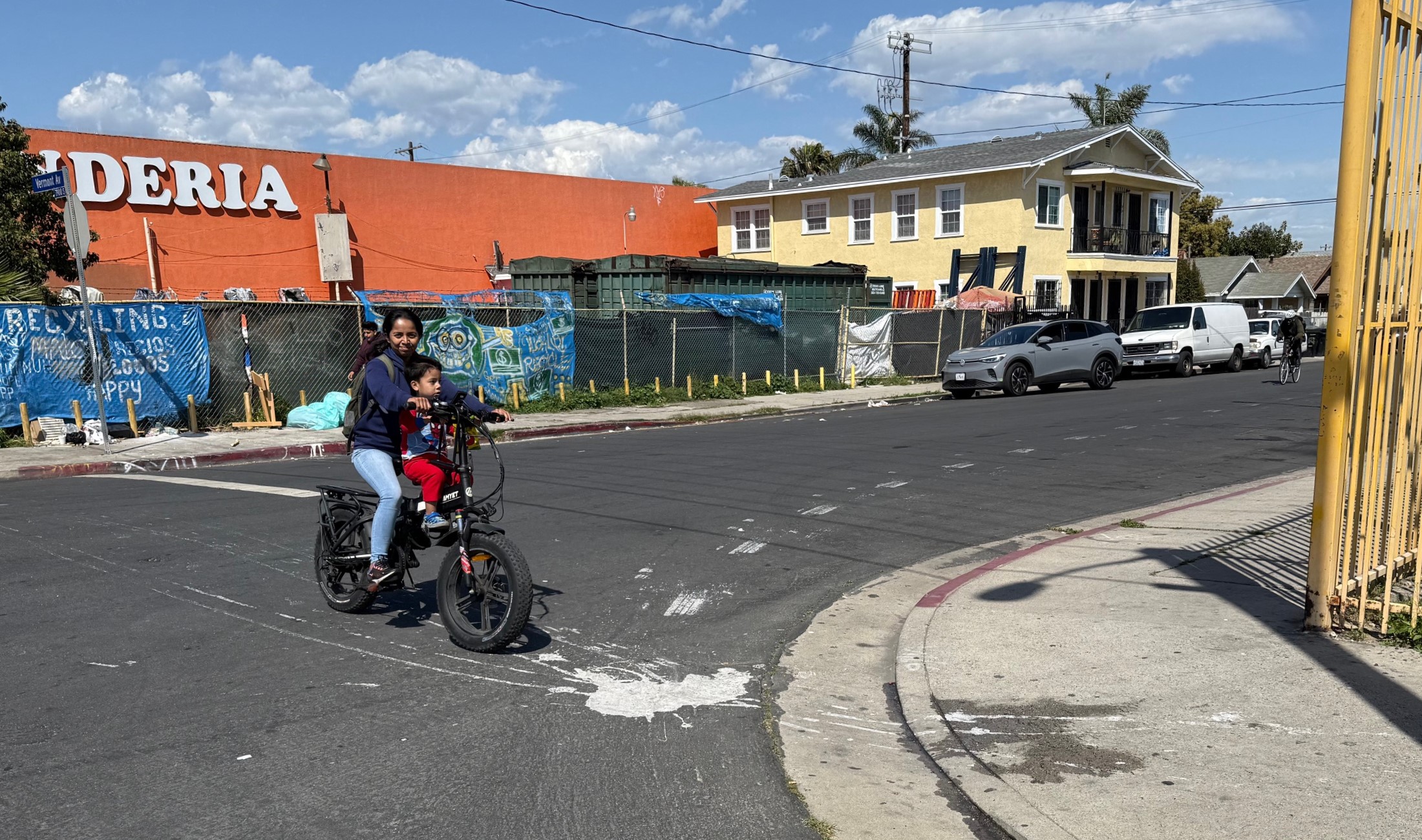 The 710 can provide alternate routes. Photo: Atwater Village Newbie/Flickr
The 710 can provide alternate routes. Photo: Atwater Village Newbie/FlickrWhile clean port advocates are celebrating a federal court ruling allowing the Port of Los Angeles to go forward with its Clean Trucks program, the push to widen freeways partially to help these trucks move through our region remains strong. While there's little doubt that "clean trucks" are better for the region than "dirty" ones, it's also evident that the best thing for air quality would be "less trucks."
One of the highways that generates the most debate about how many more cars and trucks it should hold is the I-710. While the "connector" project near South Pasadena holds is most fascinating to the media and public, a widening project in Long Beach is also scheduled. These projects will take a huge toll on the region in the form of billions of dollars in fiscal cost, an un-discussed amount of traffic created by induced demand, congestion created during the construction phases and the continued deterioration of air quality for the people living near these freeways. That's a heavy cost to create space for more "clean" trucks to use our roads.
While many reformers push freight rail as an alternative to trucks, clean or dirty; an op/ed in the Los Angeles Business Journal has a third suggestion:
Previously suggested improvements in the freeway’s more thantwo-decade history include digging a massive tunnel, and steamrollingthousands of businesses and many thousands of homes in some of the fewlivable neighborhoods left in that part of Los Angeles.
If we really want to improve traffic flow between Long Beach and theSan Gabriel Valley, we should tear down the entire 710, because it isinherently inadequate to the task.
The op/ed's author, Richard Risemberg of Bicycle Fixation fame, goes on to list other American cities that have taken down express ways and have actually seen improved traffic flow. One famous example:
In 1989, San Francisco took the lemon presented by a massive earthquakethat knocked down the Embarcadero Freeway, and instead of rebuilding it, made very sweet lemonade, indeed, carting away the rubble anddemolishing what was left standing by the shaker. The revivedEmbarcadero is a centerpiece of San Francisco’s civic life and economy.
There are some pretty steep costs involved with tearing down a freeway, but of course the benefits can be substantial also. Activists concerned with reducing truck traffic along the 710 Corridor might want to consider pushing this alternative. After all, the agencies would have to comply. We already know that any idea for the I-710, no matter how ridiculous or destructive it is, shouldn't be criticized before its been thoroughly studied.






